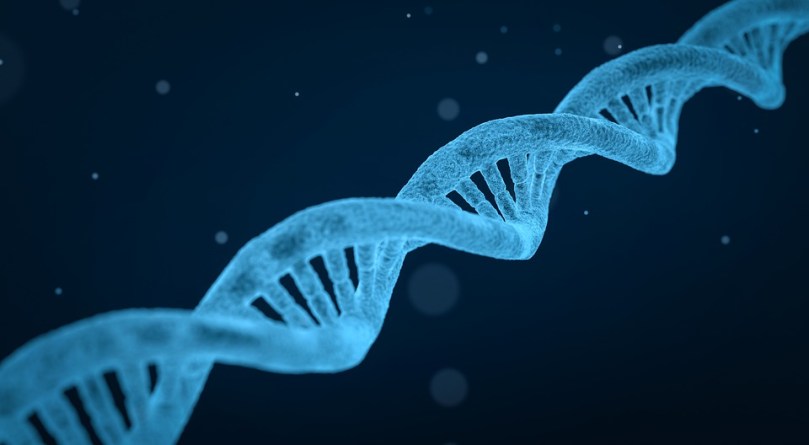Bhubanananda Sahu
The US Food and Drug Administration (FDA) had taken a landmark step in the history of human discovery to approve a gene therapy drug called Luxturna for the first time, to be directly administered in patients to cure a genetic disease for lifetime. This drug was to cure the childhood blind disease called Leber’s congenital amaurosis (LCA) caused by mutation in gene retinal pigmented epithelium 65. The news was released in December 2017, and it encouraged research to develop more drugs for different genetic incurable diseases. This resembled a science fiction as seen in the 2014 movie ‘Transcendence’.
Since then, there is rapid development of gene therapy products with more efficacy and long sustainable cure with no toxicity, by way of modifying the carrier. The carrier is a virus and the FDA-approved gene therapy product Luxturna, that was developed in recombinant adeno-associated virus 2 serotype. This was approved only after a year of assessment of the III clinical trial. Long-term sustainability cure is noticed in newly modified AAV carrier.
This writer and his colleague published a paper in Human Gene Therapy, in May, 2019, wherein we showed that, using a different virus isotype and modified genome, long-term sustainable vision restoration is possible in preclinical trials in mice. Gene therapy is DNA-based medicine which, when injected into the body, replaces the faulty gene with healthy one in the affected tissue and it cures the disease permanently. This can be achieved via ex vivo and/or in vivo strategy using virus. There are many types of virus used for inserting genetic material into the body.
Viral gene transfer was discovered for first time by Joshua Lederberg who got Nobel Prize in physiology or medicine in 1958. Joshua demonstrated that the virus called bacteriophage can transfer the genetic material to bacteria. After many researches, a special kind of virus was found which is associated with other viruses for propagation. This special virus is called adeno-associated virus (AAV) as it is associated with adenovirus (AdV) for its replication. The AdV is found in the adenoid (nasopha-ryngeal tonsil) of humans.
The AAV was accidentally discovered as a contaminant in the culture of human AdV by two groups in 1960 in a lab at Baltimore. The AAV is a non-enveloped, single strand DNA genome either positive or negative-sensed whose genetic material is about 4680 base pairs. The wild-type AAV is nonpathogenic as it needs a helper virus such as AdV for its replication. It took quite a long time to use AAV for gene therapy. The first gene transfer to human by AAV was approved in 1989 and first therapeutic study done in 1990 to adenosine deaminase deficiency patients with severe combined immunodeficiency. The result was not great.
LCA is severe retinal dystrophy that affects the patient from childhood. It was a long quest for developing a gene therapy cure for a genetically inherited disease in the USA. It took 20 years after identification of gene for approval of gene therapy drug for LCA. The gene for LCA was first discovered in 1997. Several groups also made attempts to perform gene therapy in mice deficient with RPE65 and obtained success. After prechnical arms in dog and mice, first attempt was made by two groups in 2008. The University of London reported treatment of 3 subjects by AAV 2/2 vector containing the human RPE65 cDNA driven by human RPE65 promoter. There was no significant visual improvement in the first group and slower visual function improvement in second group. However a study provided the basis for further gene therapy. In 2012, UPENN/UFL published the gene therapy result wherein visual sensitivities of retina improved significantly in treated region with a sustained result for 3 years.
A peer-reviewed research published in The Lancet a while later changed the look of the whole gene therapy community where trial found greater efficacy and safety and clinically meaningful and statistically significant improvements in patients and their ability to navigate independently in low-to-moderate light conditions. After this, FDA approved first gene therapy drug for treatment for a genetic disease. We are now in a great time with new technology to cure diseases. Recently this technology is also used to develop vaccine for Covid-19 Boston’s Massachusetts Eye and Ear and Massachusetts General Hospital are now moving ahead to develop vaccine for coronavirus using AAV technology and planning for clinical trial later this year.
The writer is Research Specialist with UMASS Medical School, WORCESTER, MA, USA.
